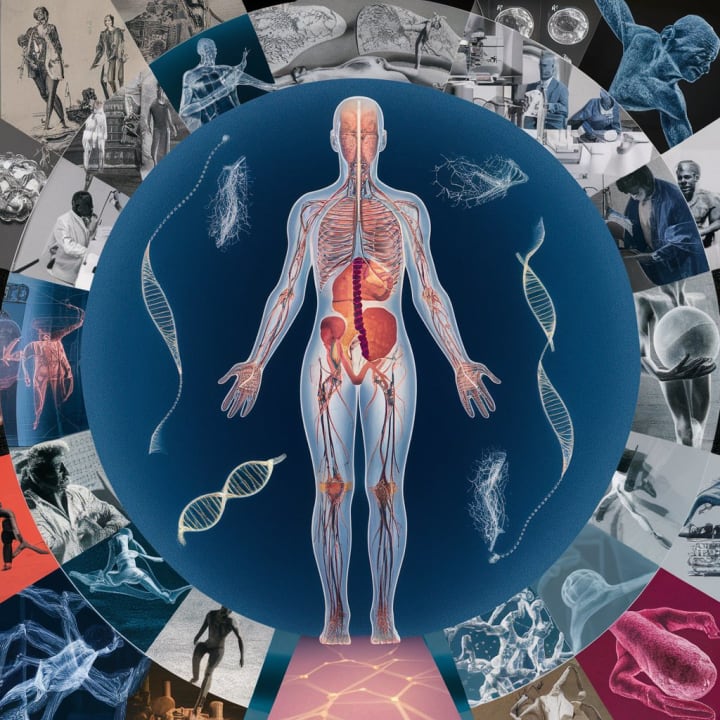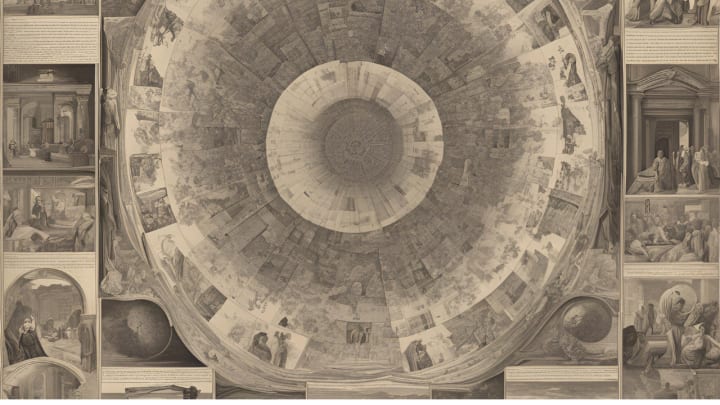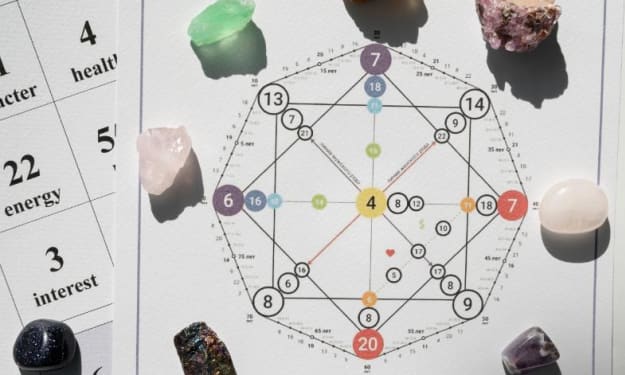The Body: A Guide for Occupants
A quick review of The Body: A Guide for Occupants gives a sample of what the book covers.
Introduction
"The Body: A Guide for Occupants" by Bill Bryson is a fascinating exploration of the human body, delving into its intricate mechanisms, surprising quirks, and remarkable capabilities. Published in 2019, Bryson, known for his engaging narrative style, takes readers on a journey through the anatomy and physiology of the human body, uncovering the mysteries and marvels that define our existence. This summary provides an overview of the key themes and insights from each chapter, offering a glimpse into the complexity and wonder of our biological selves.

Chapter 1: How to Build a Human
Bryson begins by examining the remarkable process of human development, from conception to birth. He explores the intricate dance of genetics, embryology, and fetal development that transforms a single cell into a complex organism. The chapter highlights the awe-inspiring precision and complexity involved in building a human body, shedding light on the early stages of life that shape our future health and existence.
Chapter 2: The Outside of the Body
In this chapter, Bryson turns his attention to the body's largest organ—the skin. He explores the skin's multifaceted role as a protective barrier, sensory organ, and regulator of body temperature. Bryson delves into the structure of skin layers, the function of sweat glands, and the fascinating ways in which the skin adapts to environmental conditions. The chapter also examines common skin conditions and the historical evolution of our understanding and care of this vital organ.
Chapter 3: The Skeletal System
Bryson shifts focus to the skeletal system, the framework that provides structure, support, and protection for the body. He explores the anatomy of bones, joints, and cartilage, revealing how they work together to facilitate movement and protect vital organs. The chapter discusses bone development, the role of calcium in bone health, and common skeletal disorders. Bryson also reflects on the evolutionary history of the human skeleton and its adaptations over millennia.
Chapter 4: The Cardiovascular System
This chapter delves into the intricacies of the cardiovascular system, which includes the heart, blood vessels, and blood. Bryson explores the anatomy and function of the heart as a muscular pump that circulates oxygenated blood throughout the body. He discusses the mechanics of blood flow, the role of arteries and veins, and the regulation of blood pressure. The chapter also examines common cardiovascular diseases and the impact of lifestyle factors on heart health.

Chapter 5: The Respiratory System
Bryson examines the respiratory system, focusing on the lungs and the process of breathing. He explores the anatomy of the lungs, alveoli, and diaphragm, detailing how these structures work together to exchange oxygen and carbon dioxide. The chapter discusses the mechanics of respiration, the role of the respiratory tract in filtering air, and the effects of pollutants on lung health. Bryson also reflects on the evolutionary adaptations that have shaped our ability to breathe air.
Chapter 6: The Immune System
In this chapter, Bryson explores the body's defense mechanisms—the immune system—that protect against pathogens and foreign invaders. He examines the anatomy of immune cells, lymphatic tissues, and antibodies, detailing how they recognize and respond to threats. The chapter discusses the complexities of immune responses, including inflammation, allergies, and autoimmune disorders. Bryson also reflects on the evolution of immune defenses and the challenges posed by infectious diseases.
Chapter 7: The Digestive System
Bryson turns his focus to the digestive system, which processes food and extracts nutrients essential for survival. He explores the anatomy of the digestive tract, including the mouth, esophagus, stomach, and intestines. Bryson discusses the roles of enzymes, acids, and gut bacteria in breaking down food and absorbing nutrients. The chapter also examines common digestive disorders, dietary influences on gut health, and the cultural and social aspects of eating.
Chapter 8: The Nervous System
This chapter explores the nervous system, the body's communication network that coordinates movement, sensation, and cognition. Bryson examines the anatomy of the brain, spinal cord, and peripheral nerves, detailing their roles in processing information and controlling bodily functions. He discusses the complexities of neural pathways, neurotransmitters, and the integration of sensory inputs. The chapter also explores neurological disorders, brain plasticity, and the mysteries of consciousness.
Chapter 9: The Endocrine System
Bryson investigates the endocrine system, which regulates bodily functions through hormones produced by glands such as the pituitary, thyroid, and adrenal glands. He explores the anatomy of these glands, detailing their roles in metabolism, growth, and reproductive functions. The chapter discusses the interconnectedness of hormone signaling pathways, the impact of hormone imbalances on health, and the evolutionary origins of hormonal control systems.
Chapter 10: The Reproductive System
In this chapter, Bryson explores the complexities of human reproduction, from the anatomy of male and female reproductive organs to the processes of fertilization and pregnancy. He examines the roles of hormones in reproductive cycles, the development of embryos, and the physiological changes during childbirth. The chapter discusses reproductive health issues, fertility treatments, and the evolution of reproductive strategies across species.
Chapter 11: Life Span
Bryson reflects on the factors that influence human longevity and the aging process. He examines the science of aging, including cellular senescence, telomere shortening, and the role of genetics and lifestyle in determining life span. The chapter explores the impact of environmental factors, diet, and exercise on health span and quality of life in old age. Bryson also discusses the social and ethical implications of extending human life expectancy.
Chapter 12: Death
In the final chapter, Bryson confronts the inevitable reality of death and its biological, cultural, and existential significance. He explores the physiological processes of dying, including organ failure and the cessation of brain activity. The chapter discusses cultural attitudes towards death, mourning rituals, and the scientific understanding of mortality. Bryson reflects on the legacy of human life, the mysteries of consciousness, and the enduring questions about the nature of existence.
Conclusion
"The Body: A Guide for Occupants" by Bill Bryson is a comprehensive exploration of the human body, blending scientific insights with engaging storytelling. Through its exploration of anatomy, physiology, and the interconnected systems that sustain life, the book offers readers a deeper appreciation of the complexities and wonders of the human body. Bryson's accessible narrative style and wide-ranging curiosity make this book essential reading for anyone interested in understanding the inner workings of our biological selves.
**Affiliate Disclosure** This article contains affiliate links, meaning that we will receive a small commission at no added cost to you as part of our partnership with Audible when you sign up for a free trial to obtain this book.
About the Creator
Enjoyed the story? Support the Creator.
Subscribe for free to receive all their stories in your feed.






Comments
There are no comments for this story
Be the first to respond and start the conversation.